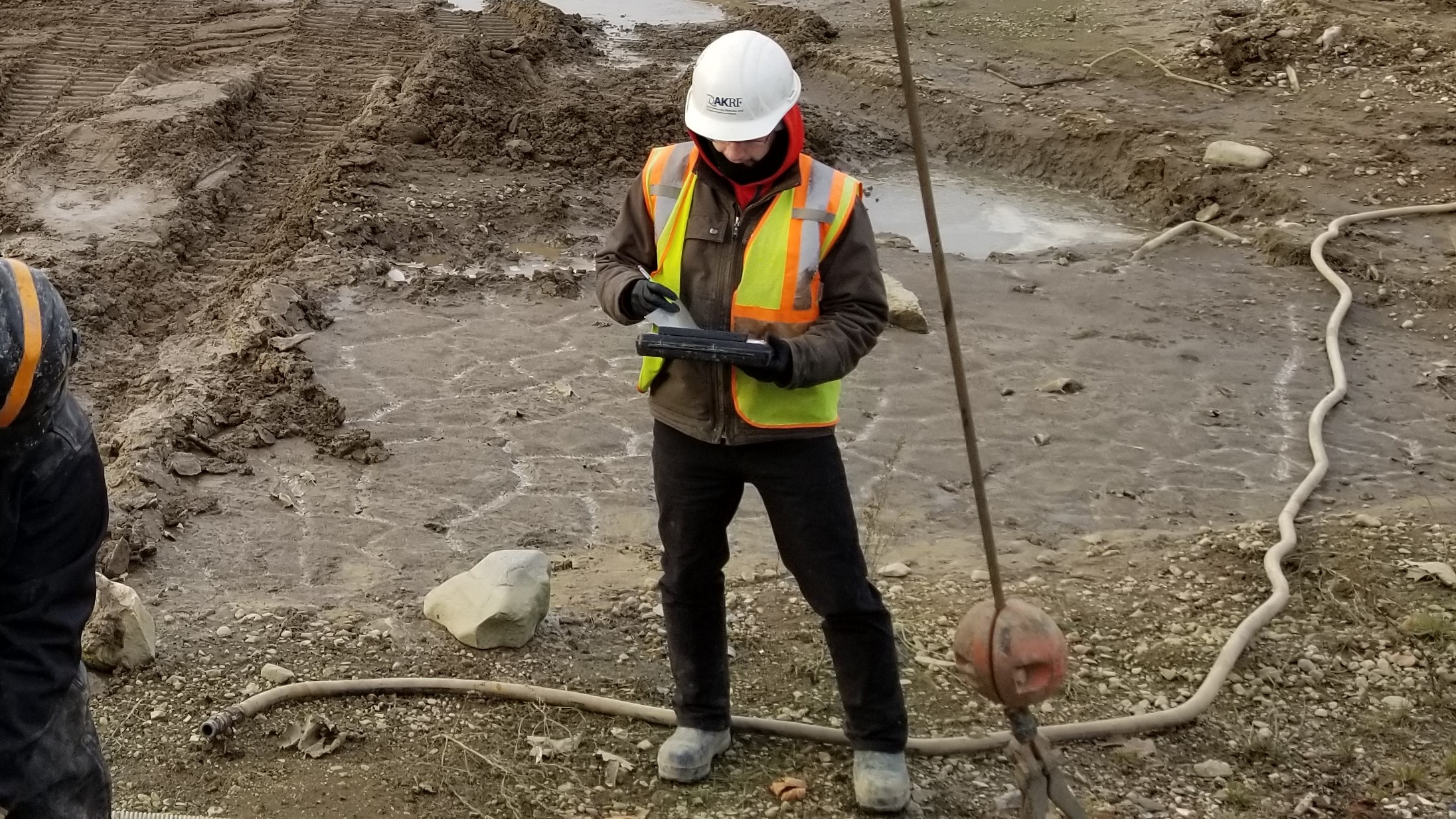Specialist Consulting Engineer Providers for Ingenious Facilities Solutions
Specialist Consulting Engineer Providers for Ingenious Facilities Solutions
Blog Article
The Interdisciplinary Approaches in the Geotechnical Sector: Connecting the Space Between Design, Geology, and Environmental Science for Optimum Project Results
The assimilation of engineering, geology, and ecological scientific research within the geotechnical sector is not merely useful; it is crucial for attaining optimum project results. This interdisciplinary collaboration cultivates an extensive understanding of complex website conditions, permitting cutting-edge options to emerge. By taking a look at key functions and successful situation studies, we can discover the vibrant interaction that drives project success. Nonetheless, difficulties stay in effectively handling these multidisciplinary initiatives, questioning concerning future trends and prospective innovations. What methods might arise to promote this crucial collaboration and boost the efficiency of geotechnical techniques?
Value of Interdisciplinary Collaboration
The importance of interdisciplinary partnership in the geotechnical market can not be overstated. Efficient geotechnical jobs call for the assimilation of diverse competence from various fields, including engineering, geology, and ecological scientific research. This partnership ensures that all facets of a project are thought about, resulting in detailed services that deal with complex challenges.
When functioning in isolation,Interdisciplinary cooperation promotes advancement by allowing experts to share insights and techniques that may not be obvious. By leveraging the strengths of several techniques, teams can recognize possible risks, maximize layout procedures, and boost the sustainability of geotechnical tasks. Such cooperation advertises an all natural understanding of site-specific conditions, which is critical for accurate evaluation and decision-making.
The intricacy of geotechnical jobs demands a coordinated strategy to problem-solving. Inevitably, interdisciplinary collaboration is essential for advancing ideal practices and attaining excellence in the geotechnical market.
Key Functions of Each Technique
Partnership amongst various techniques is not just advantageous; it is crucial for the effective implementation of geotechnical jobs. Each discipline-- engineering, geology, and ecological science-- plays a distinct yet interconnected duty that adds to predict efficiency and sustainability.
Geotechnical designers are mainly responsible for creating structures and making certain structural integrity. They analyze soil and rock buildings to analyze load-bearing capabilities, offering important information for safe building and construction methods. Their expertise enables the formula of innovative remedies to complex difficulties.

Environmental scientists evaluate the prospective influences of building on ecosystems and water resources. They perform environmental analyses and establish reduction techniques to reduce unfavorable effects. By incorporating eco-friendly considerations, they make certain conformity with policies and promote sustainability throughout the task lifecycle.
Study of Effective Assimilation
Effective combination of geotechnical disciplines can be exemplified with numerous case studies that highlight the effectiveness of synergy in dealing with intricate engineering obstacles. One notable instance is the building of the Hong Kong-- Zhuhai-- Macau Bridge, where a collaborative technique including geotechnical engineering, geology, and ecological science was vital. Engineers and rock hounds functioned in unison to analyze the seabed conditions and optimize the foundation style, ensuring stability and minimizing ecological effect.
Another impactful instance is the renovation of slope stability in the San Francisco Bay Area, where an interdisciplinary Web Site team combined geotechnical evaluation with environmental assessments. By integrating hydrological research studies and geological surveys, the group properly recognized potential landslide dangers and implemented effective mitigation measures, enhancing security and sustainability.
Additionally, the redevelopment of Brownfield websites often requires a multidisciplinary approach. In one case in Chicago, cooperation amongst geotechnical designers, ecological scientists, and city planners resulted in the effective removal of contaminated dirt, permitting for the risk-free improvement of the site right into an area park. These study show that interdisciplinary partnership not just addresses technical difficulties yet also fosters cutting-edge options that benefit both neighborhoods and jobs.
Challenges in Multidisciplinary Projects

Moreover, working with schedules and process amongst different teams can be problematic, especially when each self-control has one-of-a-kind project landmarks and deliverables. This misalignment can result in hold-ups and raised costs. The challenge of source allowance likewise impends big; making certain that specialized know-how is offered at critical times requires careful planning and insight.
Lastly, regulative conformity positions an additional substantial difficulty. Each self-control may face various regulative frameworks, and lining up these needs to fulfill task objectives can be complex and lengthy. Addressing these difficulties requires solid management and reliable interaction techniques to promote partnership and guarantee that multidisciplinary teams function cohesively towards shared goals.
Future Trends in Geotechnical Practices
As the geotechnical sector develops, arising fads are improving practices to attend to the obstacles faced in multidisciplinary projects - geo tech engineer. One significant fad is the raised combination of advanced innovations, such as expert system and device understanding, right into geotechnical evaluation and design. These modern technologies enhance anticipating modeling and danger evaluation, enabling designers to make more informed choices throughout the task lifecycle

Additionally, the adoption of electronic twins and real-time tracking systems is coming to be more prevalent. These tools facilitate continuous evaluation of soil conditions and click architectural performance, enabling for timely interventions when concerns emerge.
Verdict
In verdict, the combination of engineering, geology, and environmental science is crucial for achieving optimum end results in the geotechnical market. Successful instance studies illustrate the benefits of this technique, while acknowledging the challenges dealt with in multidisciplinary projects.
The integration of engineering, geology, and environmental science within the geotechnical industry is not just beneficial; it is necessary for accomplishing ideal project results. Efficient geotechnical jobs call for the combination of diverse know-how from different areas, consisting of design, geology, and ecological science.Navigating the complexities of multidisciplinary projects in the geotechnical industry presents numerous significant difficulties.As the geotechnical sector evolves, emerging patterns are improving techniques to deal with the challenges dealt with in multidisciplinary tasks. Geotechnical designers are increasingly teaming up with ecological scientists to ensure that projects line up with sustainability objectives and comply with regulative requirements.
Report this page